Australia's Paper Decimal Banknotes - from Commonwealth to Polymer in 30 Years
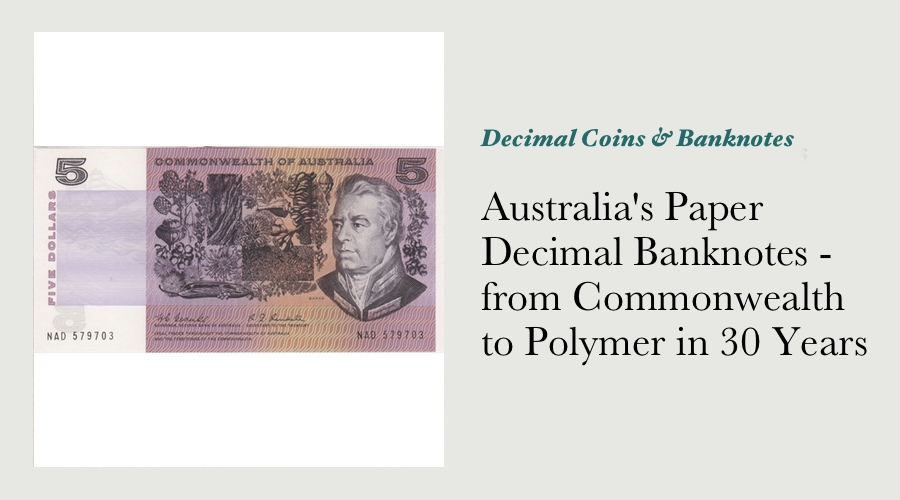
To the uninitiated, Australia’s paper decimal banknotes remained largely the same between 1966 and 1996. Sure, the serial numbers may have changed over time, but the designs remained the same for pretty much 30 years.
The collectors that have studied this series know that a number of improvements were made to the printing process between 1966 and 1996, and further that a number of other changes were made which resulted in distinct varieties of each denomination.
Here are a list of the major eras in our paper currency notes:
1966 - Coombs and Wilson
H.C. “Nugget” Coombs was the Governor of the Reserve Bank of Australia in 1966, while Roland Wilson was the Secretary to the Commonwealth Treasury - theirs were the signatures seen on Australia’s first paper decimal notes. Designed by Gordon Andrews, our new notes were welcomed by the Australian public. Regarded as symbols of Australia's growing maturity and independence, they entered the vernacular straight away.
1967 - the $5 Note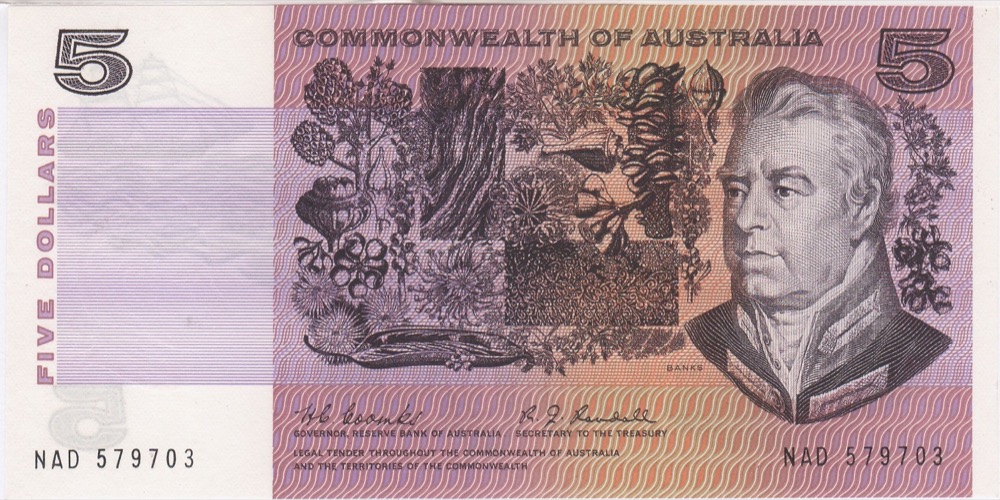
Staff at the RBA had determined that another denomination could be added to the 4 denominations already in circulation to further simplify daily transactions in the Australian economy. The $5 note was introduced in May 1967, and quickly became one of the most highly printed denominations.
1967 and 1968 - Coombs and Randall
The Treasury and the Reserve Bank intended that the transition period during which both forms of Australian currency were accepted in trade was to be kept reasonably brief, which meant that many hundreds of millions of notes were printed in the lead-up to February 14th 1966. Although the new notes had a finite lifespan (as low as 7 months for the $1 notes), and thus had to be continually replaced, the number of notes printed in the years that shortly followed 1966 was a fraction of those printed leading up to 1966. This short window of longevity of the initially printed notes was bracketed by the retirement of the Secretary to the Treasury, and the retirement of the Governor of the Reserve Bank of Australia, H.C. “Nugget” Coombs. Roland Wilson completed his tenure at the Commonwealth Treasury in October 1966, while Nugget Coombs entered retirement in July 1968. Richard Randall was Secretary to the Treasury from October 1966, while John Phillips assumed the Governorship of the RBA from July 1968. These changes meant that the short tenure of Coombs and Randall as signatories lasted less than 2 years (21 months). As the quantity of notes required in the economy was relatively low at that time, the actual print runs for each denomination were actually much shorter than the 21 months indicated.
This means that some of the rarest standard paper decimal banknotes in the entire Australian series were printed with these signatures. The entire print run of the Coombs / Randall $20 note was confined to a few short weeks between the middle of September 1968 and October 1968.
1973 - the $50 Note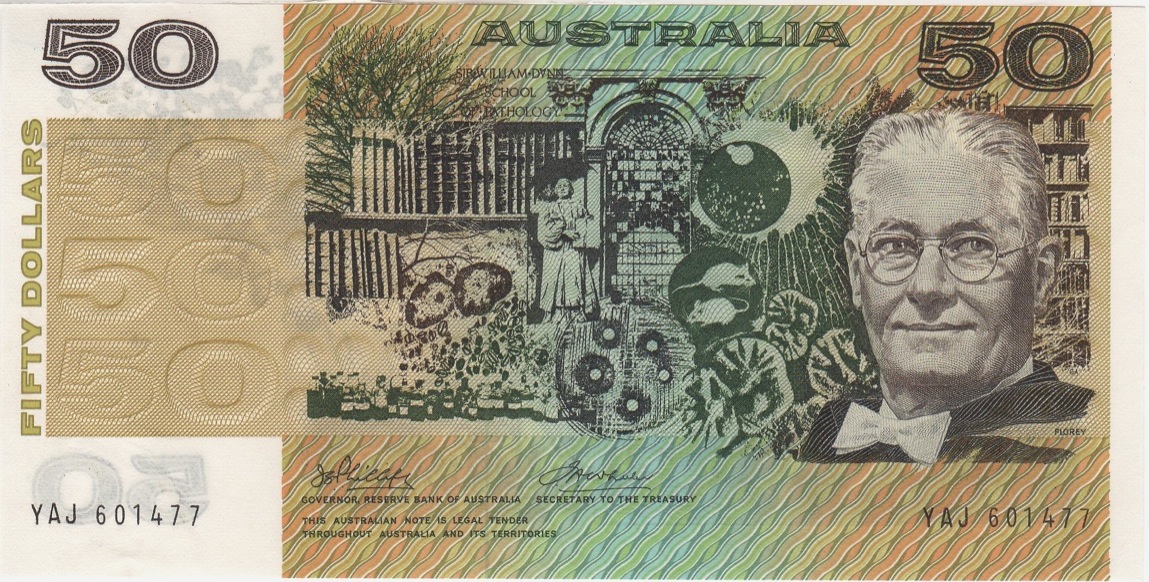
Further fine-tuning of the composition of Australia’s paper currency notes took place late in 1973, with the addition of a $50 note to the 5 denominations already in circulation.
The large note found a productive role in the Australian economy straight away.
1974 - The Switch from Commonwealth of Australia to Australia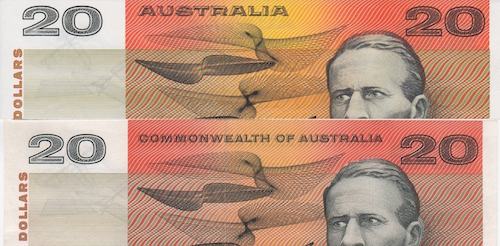
Ask any member of the Australian public over the age of 40 whether "the old Commonwealth notes” are worth anything, and it’s odds on they’ll quickly agree that they’re worth good money. Although that isn’t quite the case, it still shows that the change was a major one if it lives on in the minds of non-collectors some 4 decades later. The directive to change this title was made at the behest of the Prime Minister of the day, Mr Gough Whitlam. As a result of several telephone enquiries I’d made with Mr Whitlam’s personal assistant at some stage in the early 2000’s, I actually received a phone call from the great man himself, who advised that “...it was necessary to bring it in line with that seen on our coinage.” Just whether there was more to the story of that change I’ll never know, what we do know is that the change stuck in the minds of most Australians for decades after it had passed.
July 1976 - Movement of the Security Thread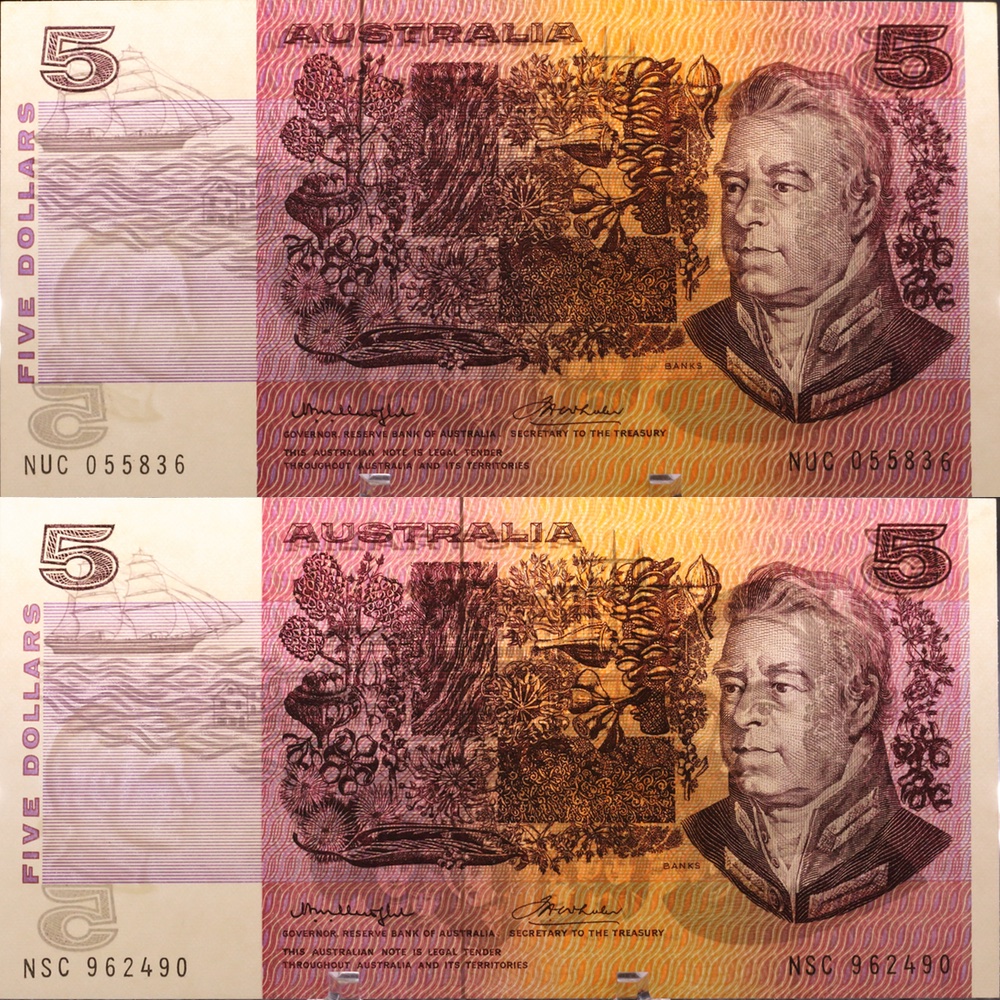
One of the more subtle but important changes made to Australia’s decimal currency was the relocation of the metallic security thread in all paper printed by the Note Printing Branch’s suppliers from July 1976.
Note Printing staff had determined if the security thread was moved closer to the edge from the initial location of around 70mm from the left hand edge , the circulating lifespan of Australia’s notes could be extended.
This change was made during the tenure of Knight and Wheeler, which resulted in several different varieties of each denomination with these signatures.
July 1976 - Introduction of the OCR-B Font to Serial Numbers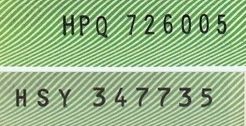
The font used to print the serial numbers on Australia’s decimal notes was also changed from July 1976.
The “Gothic” font was replaced with a new font that was known as the OCR-B font.
OCR-B stood for Optical Character Recognition, Class B.
This switch in font meant that ther are as many as 3 differen varieties of each of the paper decimal notes with the Knight Wheeler signature combination.
1976 and 1988 - Field Trials - the DBP Paper Test and the Polymer Bicentennial Note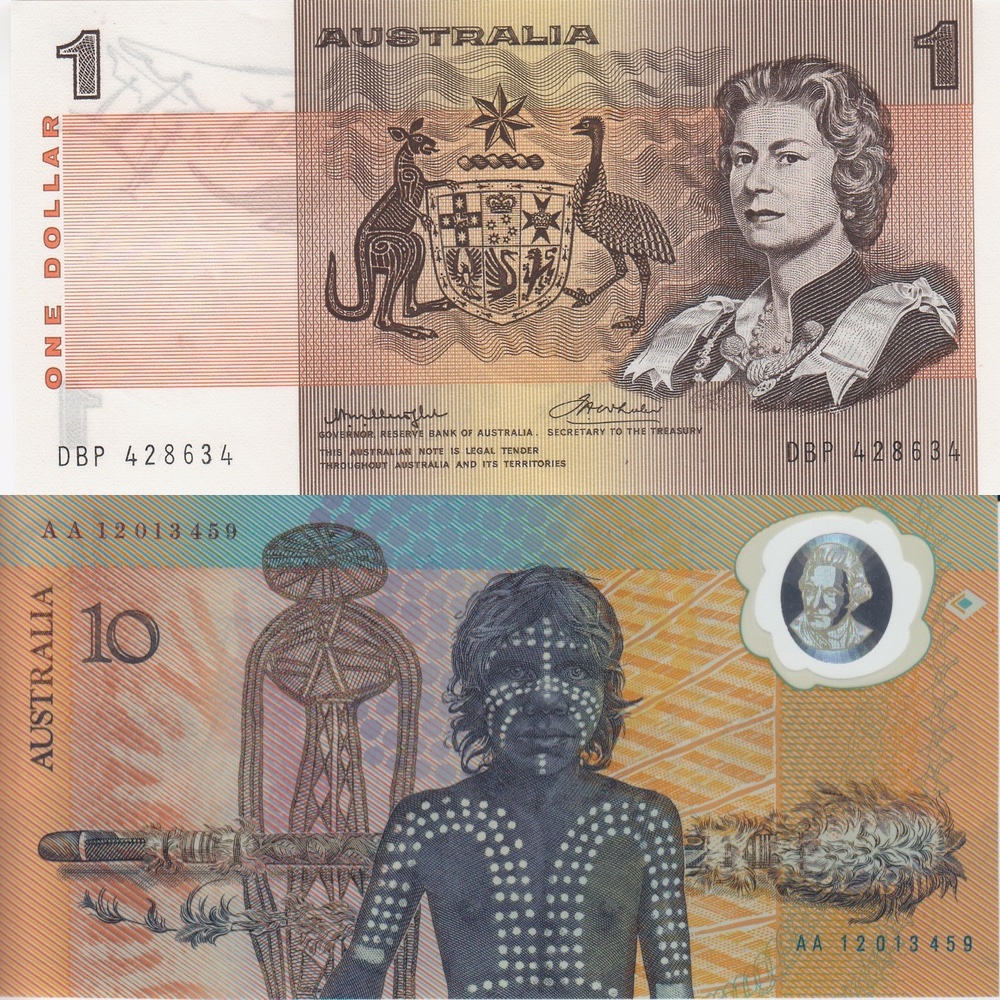
On several occasions Note Printing Australia issued notes with the express intention of measuring their longevity in circulation.
A short print run of 500,000 $1 notes printed on “double fold” paper were issued in 1976, while in 1988 the world’s first polymer banknote, issued to celebrate the Bicentennial, was also used as a field test to fine tune printing techniques leading into the $5 note being replaced in 1992.
Both of these field test have resulted in a number of interesting varieties of each note.
1985 - Old Machinery Dusted Off in the 1980’s Caused Minor Changes to the Paper $5; $20 and $50 Notes
Production of the polymer $10 note was so challenging for Note Printing Australia that leading into 1988, NPA staff were forced to dust off and use a few of the older serial numbering machines that had been retired in 1976 in order to keep the supply of Australia’s paper currency notes topped up. Relatively small print runs of the $5, $20 and $50 notes during this period feature the “Gothic” style of serial numbers, they’re highly prized by collectors for their scarcity.
1984 to 1988 Coins Replaced the Smaller Denominations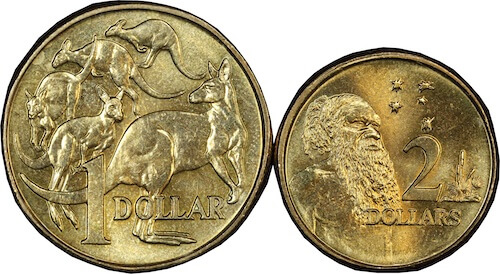
One of the problems faced by NPA and the Commonwealth Treasury was the relatively short lifespan of the $1 and $2 notes - they lasted in circulation for as little as 7 months, which meant production of them ran pretty much non-stop to ensure economic demand was met. The $1 note was replaced in 1984 by the Mob of Roos $1 note, while the $2 note was replaced by an equivalent coin in 1988. These were the first major changes made to Australia’s circulating currency in over a decade, when the $50 note was introduced in 1973.
The New Polymer Notes - Out with the Old and In With the New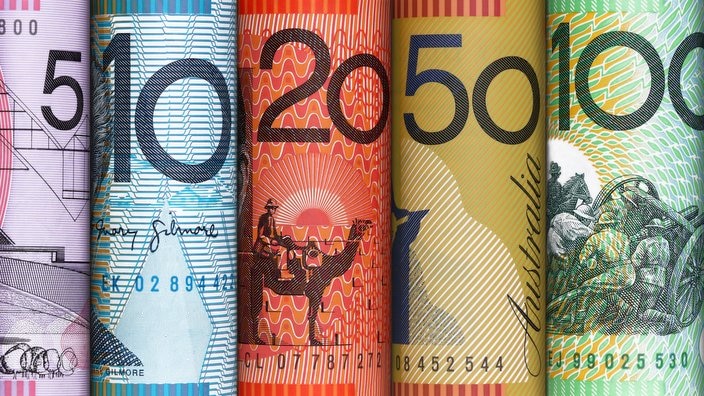
The composition of Australia’s circulating currency was overhauled between 1992 and 1996, when each of the denominations in circulation at that time were replaced by equivalent notes printed in polymer. Although the new polymer notes were largely well-received, the Australian public acknowledged the changes were nostalgic, and marked an end of the era that began when decimal currency notes was first introduced in February 1966. Many, many members of the Australian public set a few notes aside “for the kids”, which eventually led to a boom in demand for all types of Australian banknotes that ran for several decades.
The introduction of the Next Generation series of polymer banknotes is bringing a whole new generation of collectors to the market, collectors that will eventually move back in time to our paper currency notes and beyond. Although the last Australian paper banknotes were withdrawn in 1996, they remain popular with collectors more than a decade later.